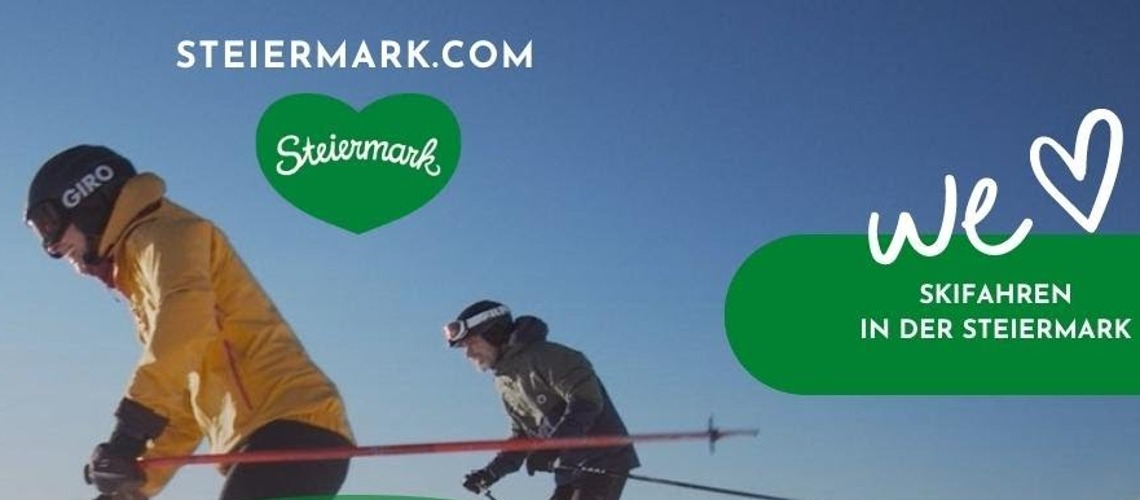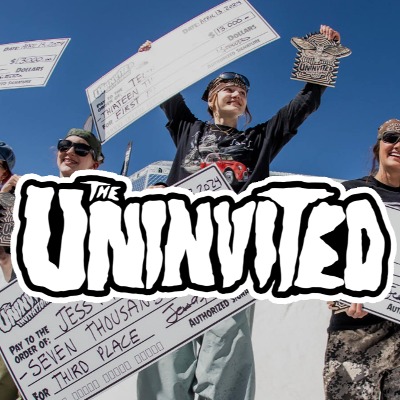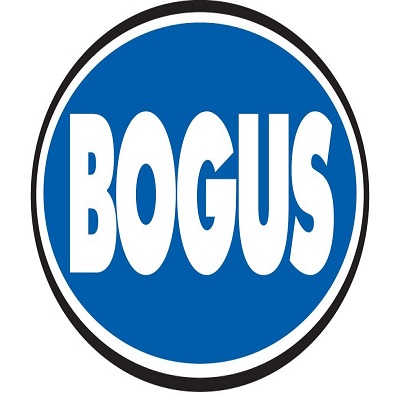5th Styrian Drag Lift Day Held In Modriachwinkel

Small but nice: Children learn their first turns in Styria's small ski areas, but professionals also appreciate the good infrastructure for training. At the 5th Styrian T-bar Day on November 20, 2023 at the Hoisliften in Modriachwinkel, around 40 tow operators exchanged ideas with experts on the topic of safety and technical innovations.
"We're ready to open, but the cold is still missing!" – Andreas Gruber, who runs the Hoislifte in Modriachwinkel together with his wife Jasmine Gruber, could not have described the situation in his ski area better. In bright sunshine, but (still) green meadows, he welcomed the approximately 40 participants to the 5th Styrian T-bar Lift Day of the WKO, organized by the Cable Car Specialist Group of the WKO Styria. The drag lift day is part of the mandatory technical training that operators must attend regularly to ensure safety on the mountain.
Small ski areas important for young people
The ambience in the centuries-old former Hois farmstead was harmonious: the original pressing tree for the must still stands in the warm room, everything is rustically made of wood. Located at 1,130 winter-cold meters above sea level, the host ski area offers a very long season: four drag lifts, a children's area, 30 hectares of slopes and the Klinger snow school, which leases the facility, make the Hois lifts a popular place for ski courses, especially due to their proximity to Graz. “We are the third and fourth generation here,” says Jasmine Gruber, “The Hois lifts have been around for 60 years.” Fabrice Girardoni, chairman of the cable car specialist group, emphasized the importance of small ski areas: "Especially here, where the little ones learn to ski, safety is the most important thing." Georg Preßler, mayor of Edelschrott, thanked “his” ski areas for the great work they do for the youngsters in the snow.
When the piste rescue arrives
Despite top safety in lift operation, something can always happen: and then piste rescue is required. Georg Fritsch, doctor from Schladming, mountain rescuer and recently member of the Piste Quality Seal Commission, gave an insight into the work of piste rescue in Austria. Despite the great enthusiasm for helmets on the Styrian slopes (85%!), classic skiing injuries still occur, especially to the lower extremities. For their tasks (protecting, recovering, storing, supplying, transporting), the piste rescue team needs highly trained people with extensive medical knowledge, who also have to be able to drive various vehicles and - very importantly - document everything meticulously. According to the expert, this is the be-all and end-all for the lift operators who work with the piste rescue service. Because ultimately it’s always about liability.
Secure storage ponds
The question “Who is to blame?” can also occur if a storage pond is not adequately secured, a dam breaks and water causes destruction. Paul Saler from the water authority of the Styrian state government described the legal framework that applies to the approximately 60 snowmaking and storage systems in Styria. Possible dangers must be checked regularly; the test is monitored by the authorities every five years. His conclusion: "The effort is not great, sensible solutions are possible - that gives double security!"
A diary to secure the evidence
The topic of liability also ran through the comprehensive presentation by Christian Felder, Chairman of the Federal Technical Committee in the Cable Car Association, who took over the role of Thomas Pitzer, technical manager of the Planai-Hochwurzen Railways, who was ill. The Tyrolean started with a compliment to the Styrian lifts, which he described as “optimally together”. However, something can always happen, both in terms of the safety of employees and guests. And then the same applies here: “Whoever writes, stays.” In the worst case scenario, the accident documentation can decide between conviction and acquittal. According to the expert, a company diary that must be kept meticulously is therefore essential. To improve the safety of one's own facility, he recommended the STOP method, an acronym that stands for the four steps "Substitute" (replace the dangerous situation), "Technical measures", "Organizational measures" and "Personal protective equipment". The Zurich method for assessing hazards is another way to minimize the potential danger of situations, such as a fall from a ladder. All of this has to be documented - keyword liability.
Take personal safety seriously
When it comes to personal protective equipment, which is often the only viable measure according to the STOP model, the following applies: “Tolerance is liability”. For example, not wearing a helmet can be grounds for dismissal for an employee, because the law here is tough: In the worst case scenario, the employer is to blame and bears responsibility. A colleague who observes someone else without equipment can also be held legally liable. Felder also took a critical view of the “work equipment that required testing,” whether it was a snowmobile or a saw. They must be carried out and documented annually by a “competent person”.
This makes the slopes safe for everyone
Securing the piste (including access and barriers) is one of the most important tasks of the lift operator. A slope rescue service must be available, whether internal or external, and a first aider must be present in the company. Expert tip: “Send all employees to training!” In the event of accidents, the operator is generally liable, even if the property is leased to clubs, for example; the “ingerence principle” applies (resulting in a reversal of the burden of proof). Finally, there was an appeal for the use of snowmobiles: "Only trips that are necessary for operational purposes - and don't leave the Skidoos standing around with a key!" His conclusion: "No matter how big a ski area is: safety always comes first!"













